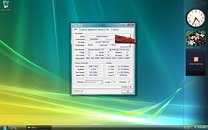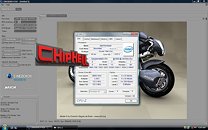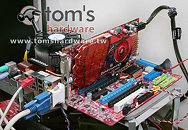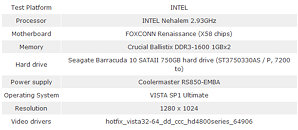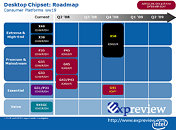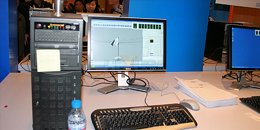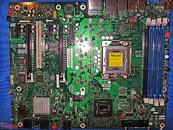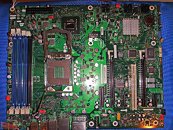
2.66 GHz Bloomfield Chip Could be Priced at US $284
While Lynnfield is touted to be the budget offering from Intel based on the upcoming Nehalem processing architecture, reports from HKEPC suggest that the a 2.66 GHz Bloomfield part which returned stellar scores in pre-release evaluations by ChipHell we covered here, could be priced at US $ 284 making it one extremely compelling buy, considering it dethrones the current QX9770 in some tests. It's not confirmed at this point if the part could feature unlocked performance management features or whether they could be exclusive to a higher-priced premium product. This chip is slated for H1-2009. Lynnfield and Havendale could follow in H2, being based on the LGA 1160 CPU socket.


